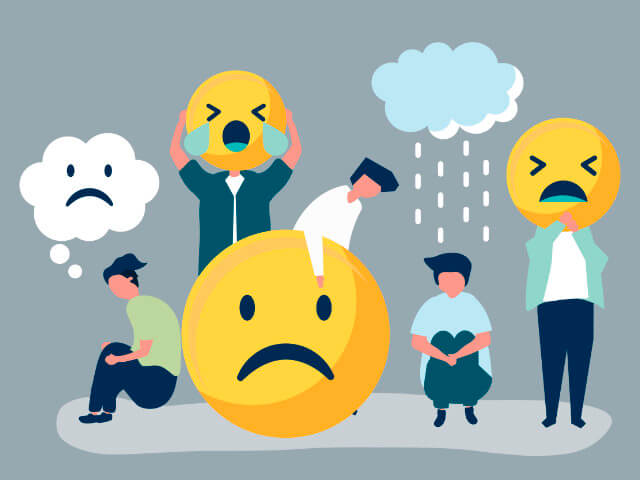How does plastic turn into micro-plastics?
Microplastics are described as any plastic that is less than 5mm in size. Interestingly there are two types of microplastics, primary and secondary.
Primary microplastics are plastic items that are manufactured to be very small. For example, microbeads are tiny balls of plastic that can be found in personal hygiene products such as face scrubs, soaps, and toothpaste. Microfibers are tiny strands of plastic that are used to make clothing such as polar fleece jumpers.

Secondary microplastics are a result of larger plastic items breaking down into smaller and smaller pieces. For example, a plastic bottle breaking down into smaller fragments of plastic or a Styrofoam box breaking into smaller pieces. The breakdown of large plastic items into microplastics are caused by weather weakening the material, and other objects scraping and breaking the larger plastic objects.













